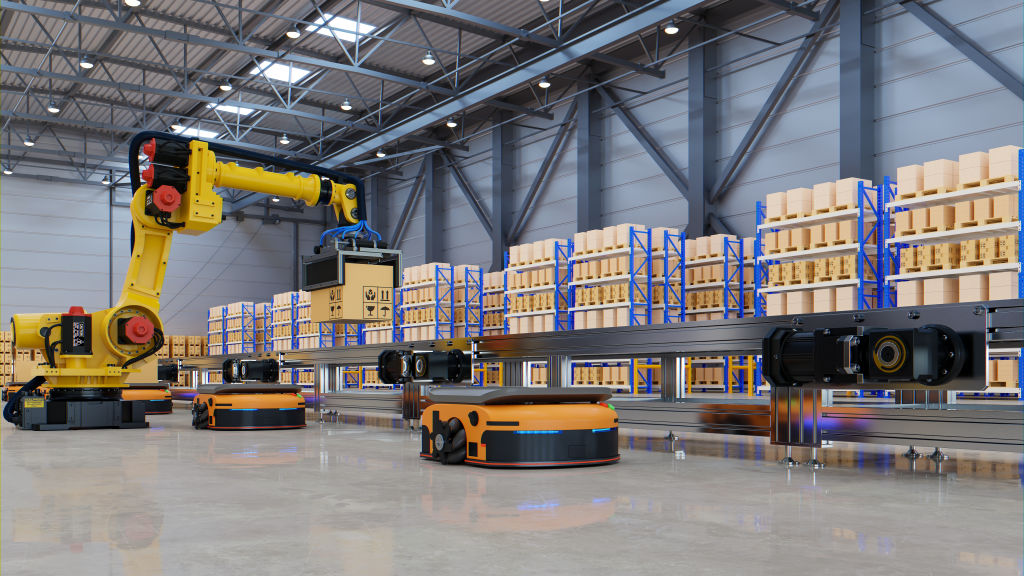Robots may one day take over the world, but, for the moment, a growing number are too busy doing the routine picking and packing in Australia’s warehouses.
And at a time when industry is hamstrung by labour shortages, they’re a welcome helping hand to free up their human colleagues from the repetitive manual drudgery for fun or more complicated stuff.
“Along with expanding their warehousing and distribution centres, automation is the greatest asset for businesses operating in an on-demand economy,” says Allan Frydman, JLL’s principal industrial consultant and a former automation designer.
“Some logistics companies can now pick 35,000 orders in an hour and have boxes ready for shipment within 30 minutes, and that’s transformational.”
The world’s automation market is set to be worth more than US$30 billion ($A44 billion) by 2026, predicts German market and consumer data specialist Statista, a staggering 203 per cent increase in just 10 years.
In Australia, smart warehouses are proliferating in southern and western Sydney, particularly the new $500 million four-level Amazon centre with hundreds of robots – looking like large versions of robot vacuums – sorting and distributing goods.
E-commerce specialist eStore Logistics has 77 AI-powered robots in its 19,000 square metre Bankstown warehouse, while online book retailer Booktopia hopes to open new automated premises at Strathfield by Christmas 2023.
In Melbourne, the foreshadowed $1.57 billion intermodal terminal at the Port of Melbourne is expected to be full of the latest AI-operated warehouses to speed up distribution so close to shipping and the main railhead.
Driven by the rising rate of online sales and growing consumer demand for quicker delivery, the high tech will help make warehouses more productive and allow them to operate over several storeys to maximise their space.
“With land prices and rents going up significantly, and vacancy rates so low in many places, they’ll help companies make the best use of their warehouses,” says Angus Clark of Cameron Industrial.
It’s a welcome boost, too, that the cost of automation is falling as the new technology becomes cheaper and it enters mass production.
The average price of an industrial robot was US$46,000 in 2010 but only US$27,000 in 2017. The price is predicted to drop to under US$11,000 by 2025, on Statista figures.
“We expect existing users to deepen their use of mechanisation and automation technologies,” says Peter Guevarra, director of regional research, Asia Pacific, JLL. “Occupiers who haven’t historically implemented such technologies will gradually adopt these solutions.”
